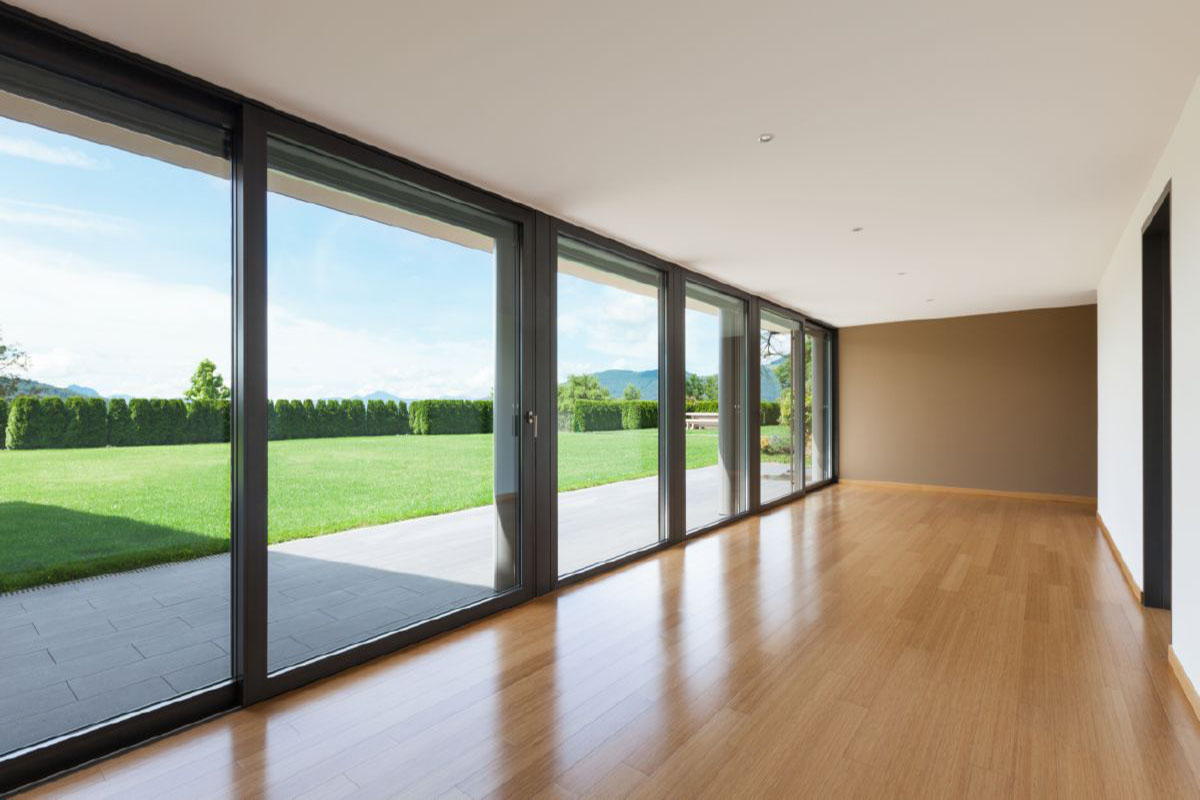All Categories
Featured
Table of Contents
What Are The Benefits Of Double Glazed Windows? in Ballajura Perth
That window can send more solar heat in winter season than in summer. A west-facing window on a summer season's afternoon has an angle of occurrence from near 0 approximately 30 with a big efficient location of solar radiation. A north-facing window, in summer, has a high angle of occurrence and a low effective area of solar radiation, so can transmit less heat than a west-facing one.

You can quickly and quickly improve the thermal efficiency of your home by changing your windows. This is among the most efficient techniques of renovation to achieve enhanced thermal comfort. There are countless kinds of glass and frames to pick from. Choosing the best ones is important to enhancing the energy effectiveness of your home.
Faq in Balga WA
There are lots of various types of glass products to select from. Single glazing uses a single pane of glass. Single glazing with clear glass is not extremely effective when it pertains to heat loss or gain. To enhance efficiency, you can utilize single glazing with a more energy-efficient type of glass such as low emissivity (low-e) glass.
Numerous layers can be put together with sealed cavities in between each sheet of glass. IGUs typically use better energy performance than single glazing, since they send less energy. However, the energy performance of IGUs likewise depends upon: the properties of each layer of glass. Various glass types (for example, clear and low-e glass) can be put together in an IGU.
What Are Double Glazed Windows? in Ocean Reef WA

IGU cavities can be filled with air or a more inert, low-conductivity gas such as argon the width of the cavity. Broader cavities provide lower (better) U worths, with 12mm normally accepted as the favored gap how well the cavity is sealed.
If argon is installed to the cavity in place of air, moisture is dependably left out the level of desiccant (drying agent). The spacer (metal or polymer strip) that separates the glass layers contains a desiccant to soak up any moisture. Inadequate desiccant might cause wetness to condense on the glass surface in cold conditions, minimizing thermal performance.
Energy Efficient Windows: Choose The Best Option For Your ... in Doubleview WA
In reality, IGUs can deliver better energy efficiency for all climates, specifically in heated and air-conditioned houses. Cross-section detail of single, double and triple-glazing units Low emissivity glass (commonly understood as low-e glass) decreases heat transfer. Low-e glass might be either high or low transmission: High transmission low-e glass has a finish that enables daytime from the sun to enter your house to accomplish excellent solar heat gain, but decreases the amount of the long wavelength infrared heat that can leave back through the window.
Low-e glass has either a pyrolytic finishing or a vacuum-deposited thin film metal covering. Pyrolytic coverings are durable and can be utilized for any glazing; vacuum-deposited finishings are soft and are only used within IGUs. Low-e finishings can substantially improve both U worth and SHGC; however, they must be utilized correctly or they will either degrade or fail to carry out as needed.
Double Glazed Windows In Melbourne in Mount Lawley Western Australia
Low-e coatings can be utilized in combination with clear, toned or reflective glass. Low-e coverings on glazing can lower heat transfer where needed Photo: Department of Industry, Science, Energy and Resources Toned glass has actually colouring ingredients included throughout manufacture. It is readily available in different colours, normally bronze, grey, blue and green.
Table of Contents
Latest Posts
Types Of Glazing For Your Windows, Explained in Wembley Downs WA
Single Vs Double Vs Triple - Which Window Is Right For Your ... in Eden Hill WA
Why Install Stunning Double Glazing Windows During Summer? in South Guildford WA
More
Latest Posts
Types Of Glazing For Your Windows, Explained in Wembley Downs WA
Single Vs Double Vs Triple - Which Window Is Right For Your ... in Eden Hill WA
Why Install Stunning Double Glazing Windows During Summer? in South Guildford WA